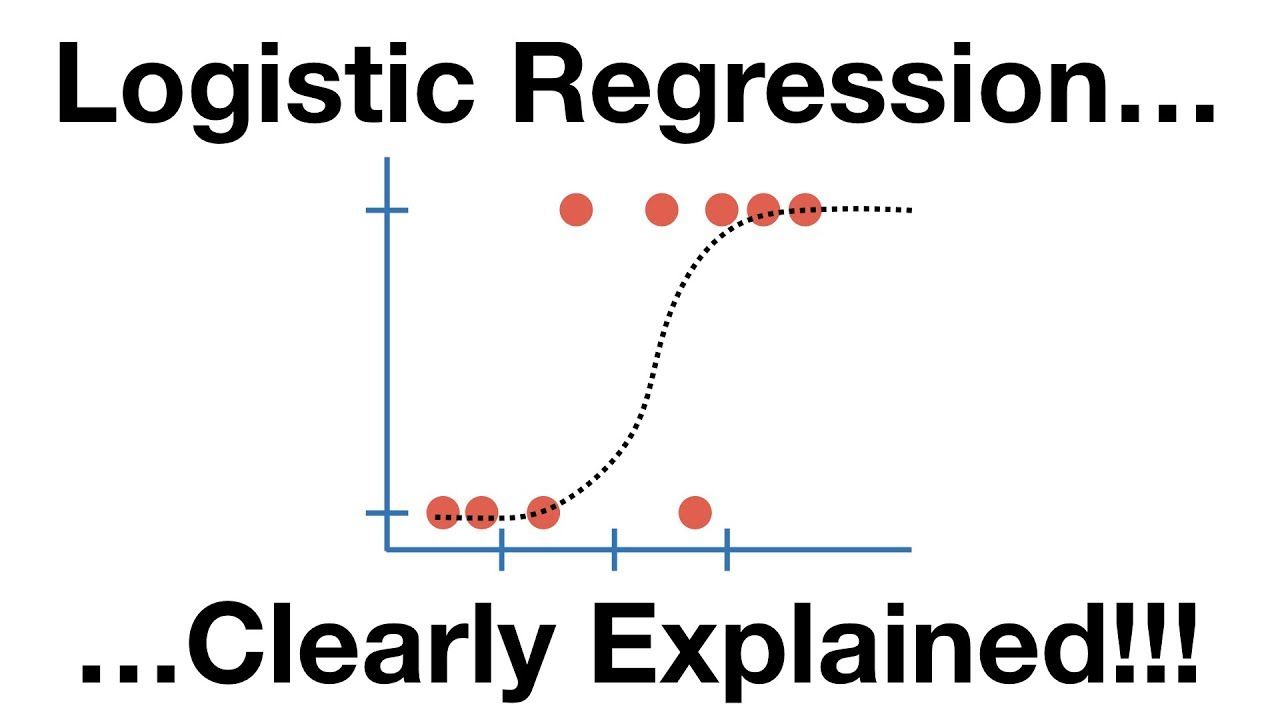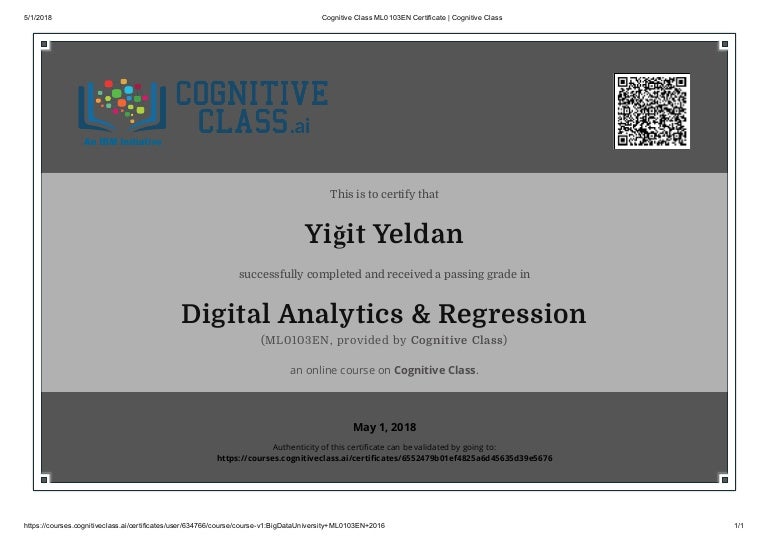

Downstream analytical tasks (dimensional reduction, differential expression) should also not be influenced by variation in sequencing depth. In general, the normalized expression level of a gene should not be correlated with the total sequencing depth of a cell.

Specifically, we propose that a dataset which has been processed with an effective normalization workflow should have the following characteristics: The primary goal of single-cell normalization is to remove the influence of technical effects in the underlying molecular counts, while preserving true biological variation. These same challenges apply to bulk RNA-seq workflows, but are exacerbated due to the extreme comparative sparsity of scRNA-seq data. Importantly, while the now widespread use of unique molecular identifiers (UMI) in scRNA-seq removes technical variation associated with PCR, differences in cell lysis, reverse transcription efficiency, and stochastic molecular sampling during sequencing also contribute significantly, necessitating technical correction. In particular, the observed sequencing depth (number of genes or molecules detected per cell) can vary significantly between cells, with variation in molecular counts potentially spanning an order of magnitude, even within the same cell type. While unsupervised analysis of single-cell data has transformative potential to uncover heterogeneous cell types and states, cell-to-cell variation in technical factors can also confound these results.

In the analysis and interpretation of single-cell RNA-seq (scRNA-seq) data, effective pre-processing and normalization represent key challenges. Our approach can be applied to any UMI-based scRNA-seq dataset and is freely available as part of the R package sctransform, with a direct interface to our single-cell toolkit Seurat. Our procedure omits the need for heuristic steps including pseudocount addition or log-transformation and improves common downstream analytical tasks such as variable gene selection, dimensional reduction, and differential expression. Importantly, we show that an unconstrained negative binomial model may overfit scRNA-seq data, and overcome this by pooling information across genes with similar abundances to obtain stable parameter estimates. We propose that the Pearson residuals from “regularized negative binomial regression,” where cellular sequencing depth is utilized as a covariate in a generalized linear model, successfully remove the influence of technical characteristics from downstream analyses while preserving biological heterogeneity. To address this, we present a modeling framework for the normalization and variance stabilization of molecular count data from scRNA-seq experiments. Single-cell RNA-seq (scRNA-seq) data exhibits significant cell-to-cell variation due to technical factors, including the number of molecules detected in each cell, which can confound biological heterogeneity with technical effects.


 0 kommentar(er)
0 kommentar(er)
